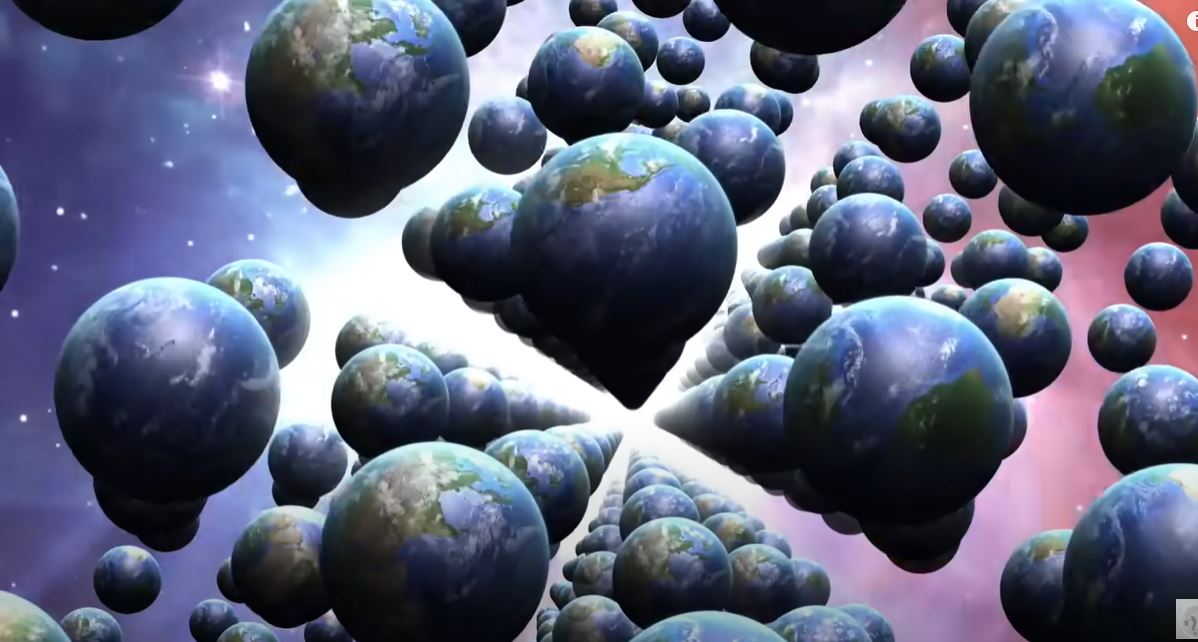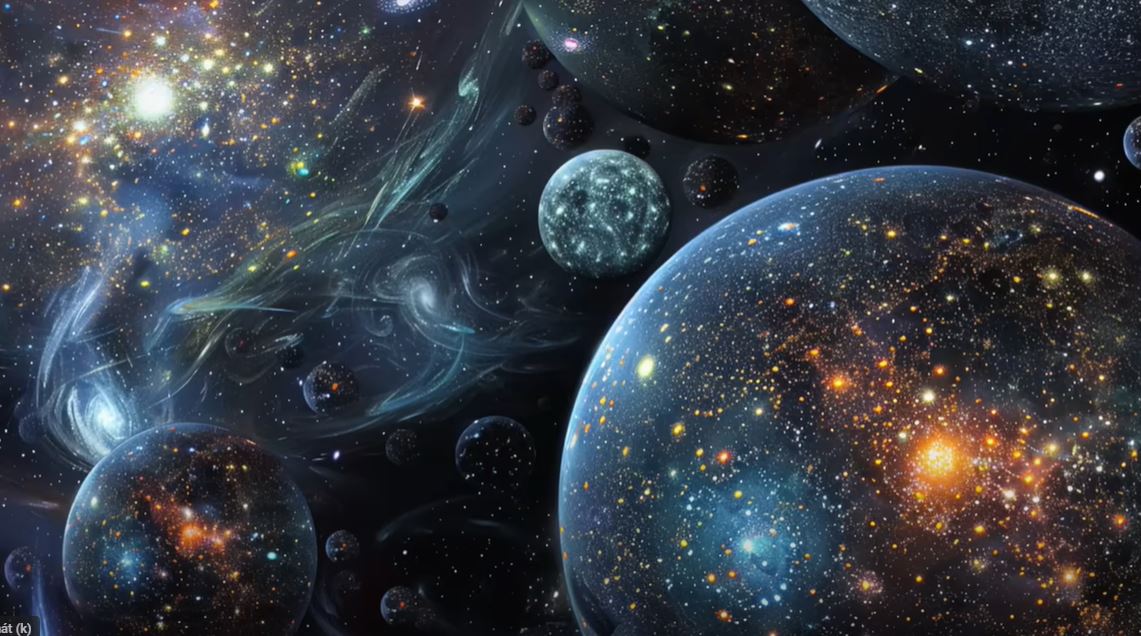**Is the Multiverse Real? Google’s Quantum Breakthrough Sparks Cosmic Debate!**

In a groundbreaking revelation that could redefine our understanding of the universe—and possibly our existence—Google has unveiled its latest quantum chip, Willow, which has sparked a fierce debate about the very fabric of reality itself. The chip has reportedly executed a computational task so intricate that it would have taken the most advanced supercomputers an unfathomable 10 septillion years to complete. Willow managed to solve this problem in less than five minutes, igniting discussions about the implications of quantum computing and the tantalizing possibility of parallel universes.
At the center of this cosmic conundrum is Hartmut Nevin, head of Google’s quantum team. He has boldly suggested that Willow’s extraordinary capabilities lend credence to the theory that quantum computation might not just exist in our universe but across multiple parallel universes—an idea rooted in the many-worlds interpretation of quantum mechanics. As scientists and enthusiasts alike grapple with this concept, the implications are staggering, suggesting that our reality may be just one of countless others.

The multiverse theory, long a subject of fascination for physicists and philosophers, posits that every quantum event spawns new universes, each harboring its own version of reality. This idea isn’t merely speculative; it finds its origins in the works of pioneering thinkers like Oxford physicist David Deutsch, who proposed that the immense computational power of quantum computers could be a gateway to these alternate realities. With Willow’s performance setting a new benchmark, this debate has been reignited, bringing both excitement and skepticism.
Critics, including astrophysicist and science writer Ethan Seagull, caution against overreaching conclusions. Seagull argues that Nevin conflated the mathematical constructs of quantum mechanics with the tangible existence of other universes. While he acknowledges the monumental achievement that Willow represents, he maintains that the connection between quantum computing and the multiverse remains tenuous at best. Nevertheless, the scientific community is abuzz with the potential applications of this technology. From revolutionizing drug discovery to optimizing energy systems, quantum computing could solve problems previously deemed unsolvable.
Willow, which boasts an impressive 105 qubits, is a successor to Google’s previous quantum chip, Sycamore, which achieved quantum supremacy in 2019. Each additional qubit exponentially increases computational capacity, allowing Willow to tackle complex tasks with unprecedented speed. The innovative architecture of the chip, combined with advancements in error reduction and qubit coherence, has pushed the boundaries of what was once thought possible in computing.

As we stand on the precipice of this new frontier, the question of what it means for humanity looms large. Could quantum computers be tapping into resources from alternate dimensions? What happens if complex problems are solved by versions of ourselves existing in parallel realities? Such philosophical inquiries accompany the scientific breakthroughs, prompting a reevaluation of our understanding of existence.
Despite the exhilarating possibilities, Google remains cautious. While Nevin’s statements have captured public imagination, the company emphasizes the importance of peer review and scientific rigor. The road ahead is fraught with challenges, and while the multiverse debate continues to unfold, the tangible benefits of Willow’s performance are undeniable. As we venture into this uncharted territory, humanity’s quest for knowledge and understanding propels us forward.
In the end, whether Willow opens the door to parallel universes or simply redefines our capabilities within our own reality, it is a testament to human ingenuity and an insatiable curiosity about the cosmos. As this story develops, one thing is clear: the intersection of cutting-edge science and age-old questions about our existence is more thrilling than ever. The universe, and perhaps the multiverse, may be more complex than we can comprehend, but our pursuit of understanding continues unabated.


